Today, the biggest news comes from Ukraine.
3,5 years of war have forced Ukraine to innovate and adapt its drone strategies to counter the Russian invasion. Now, the new unmanned systems forces are more effective than ever under Robert Brovdi’s command.
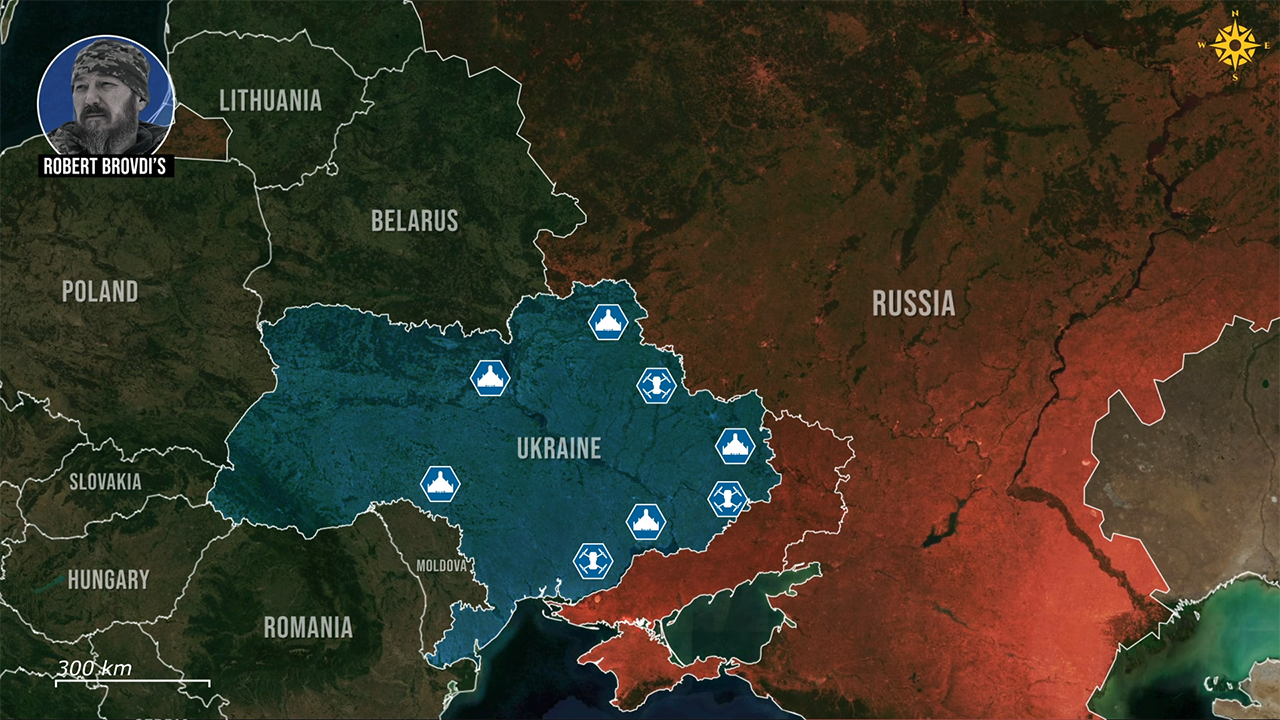
One of the most crucial aspects of Ukraine’s long-range strike campaign is the targeting of oil refineries, pipelines, and oil storage facilities. It reduced Russia’s refining capacity by 25% and caused a significant fuel shortage, affecting Russians both on the frontline and on the home front, even forcing them to phase in export restrictions on energy.
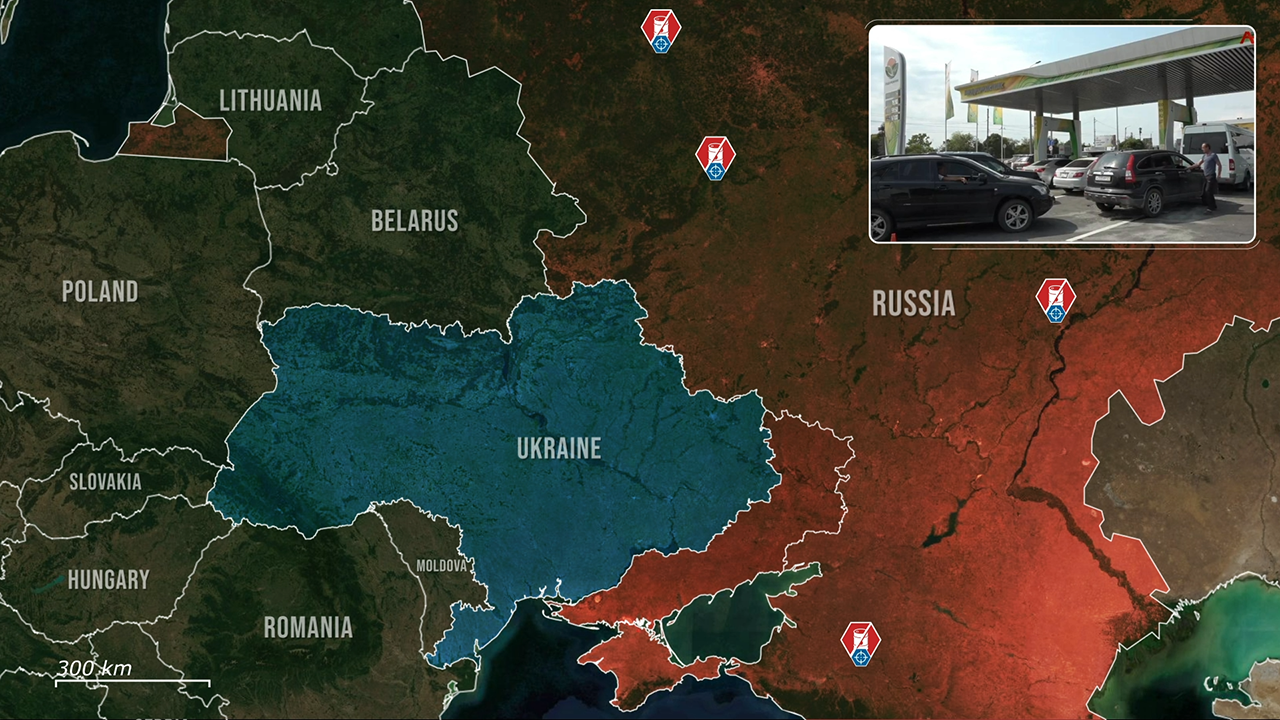
Ukraine is also systematically targeting Russian air defense systems, early warning systems, ground-based radars, and airfields. These strikes have a compounding effect, as Russia is losing more air-defense batteries than it can produce, thereby exponentially widening existing gaps in its layered defenses, which in turn enables further long-range strikes into the Russian rear.
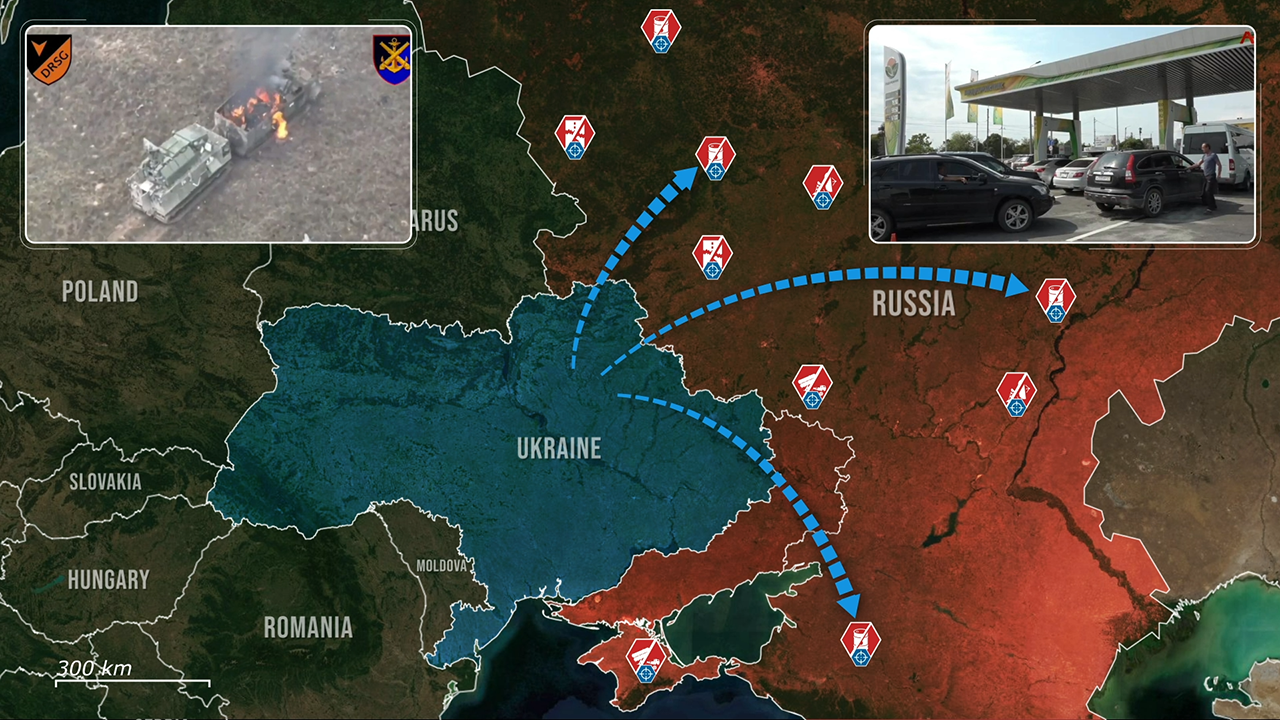
By hitting ammunition depots, Ukraine is depriving Russian frontline troops of critical supplies, which hinders their ability to conduct offensive operations. The lack of artillery and mortar shells entails that Russian heavy support and counter-battery fire are lacking, and the Russian infantry on the zero line can be shelled more easily.
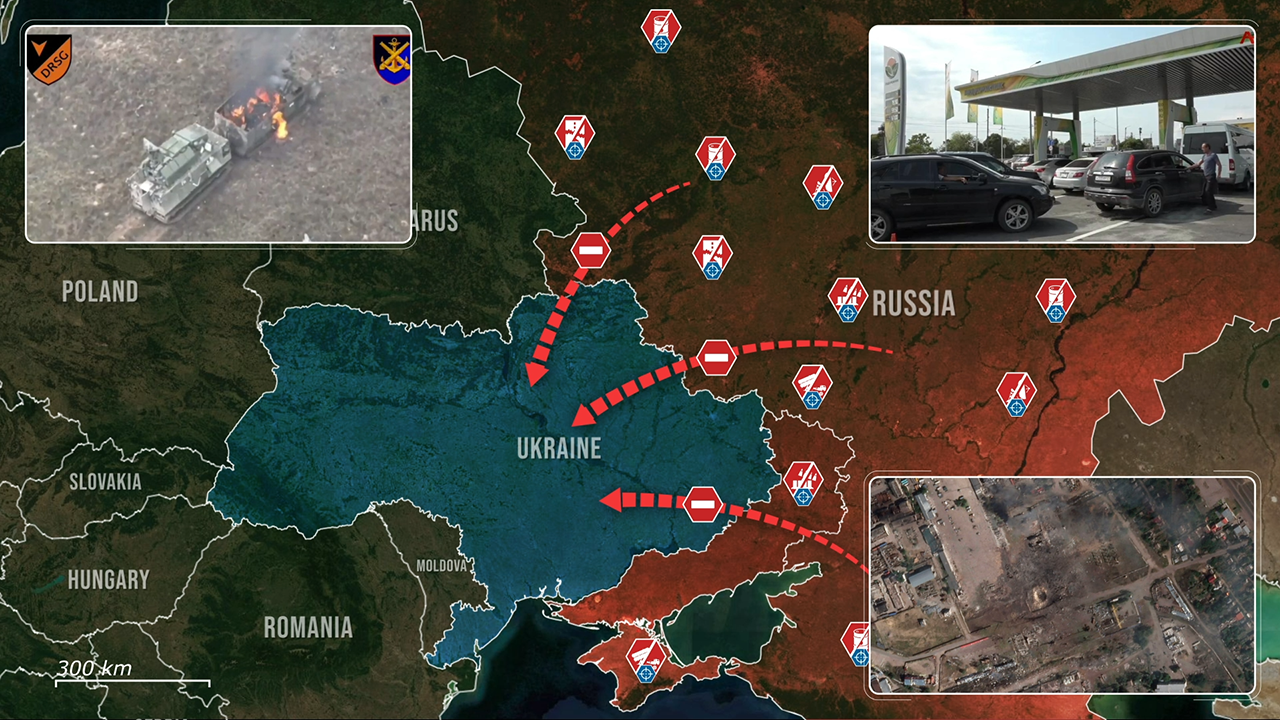
Ukrainian strikes against railway nodes are also vital to disrupting their ability to supply troops on the frontline, as railways are the logistical backbone of the Russian military. By devastating their core supply arteries, Russian forces are deprived of fuel, equipment, and ammunition, which forces them to slow down or completely halt offensives.
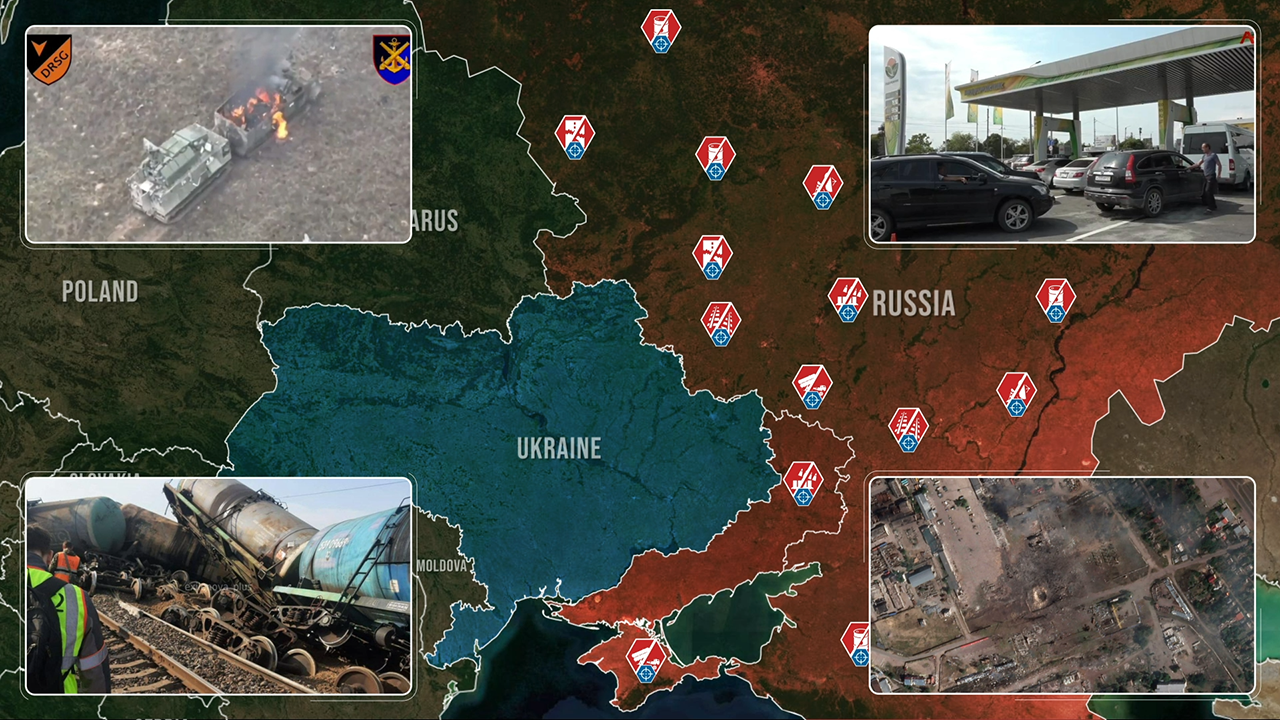
These strikes are part of a broader campaign led by Major Robert Brovdi, more well-known by his callsign Magyar. Ukraine unified its Unmanned Systems Forces under a new command to create a new branch of the Armed Forces of Ukraine, which has been led by Magyar since June 2025. The goal was to enhance management efficiency, so all drone units now operate within a single chain of command, streamlining joint efforts and improving coordination. They have two primary operational tasks: providing tactical support and conducting long-range strikes against the Russian rear.
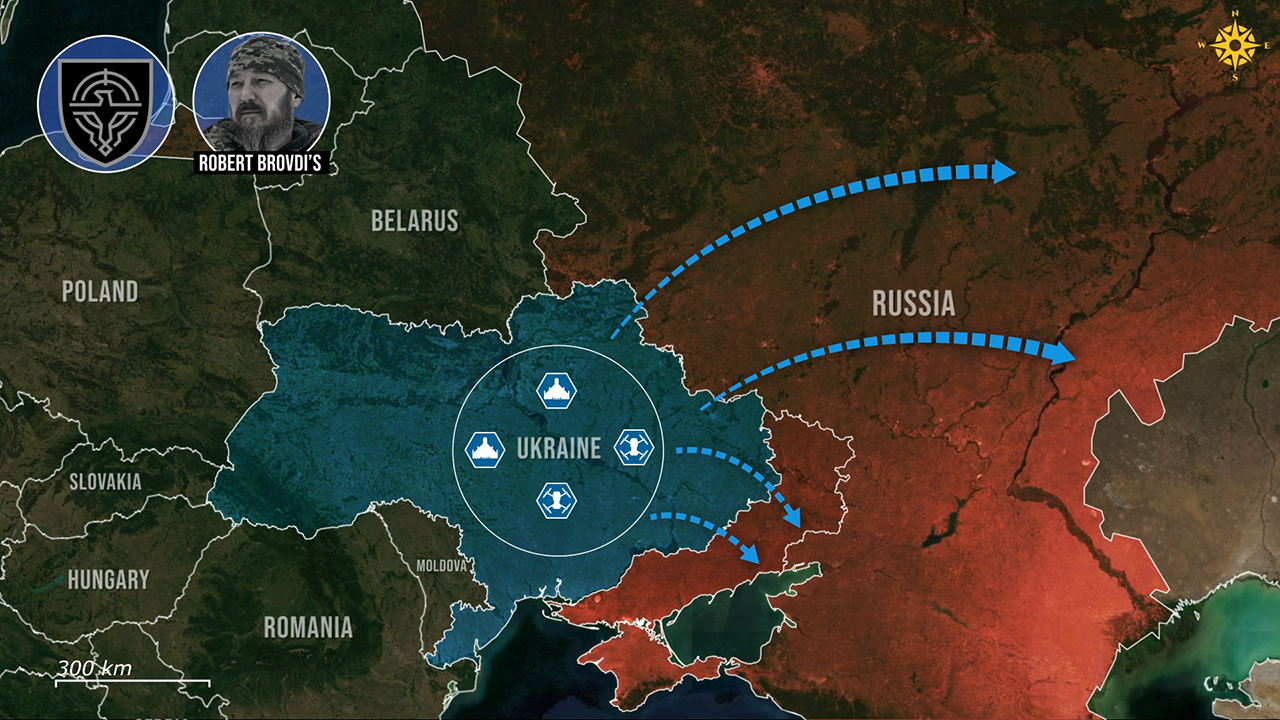
In their tactical role, they collaborate with other units by providing reconnaissance and target data for artillery and Himars units. Magyar’s strategy focuses on attriting Russian forces, and he has set an ambitious target for his crews to hit more Russian troops in a month than they can recruit to replace them. As a result, while the branch comprises only 2% of the Ukrainian armed forces' total personnel, they are responsible for over 35% of destroyed Russian targets. With Magyar in charge, Ukrainian tactical operations resulted in the creation of a multi-layered kill zone up to 100 km from the zero line, which they use to destroy enemy troops and their logistics, resulting in target destruction surging by 800% and personnel hits by 400% compared to before his appointment.
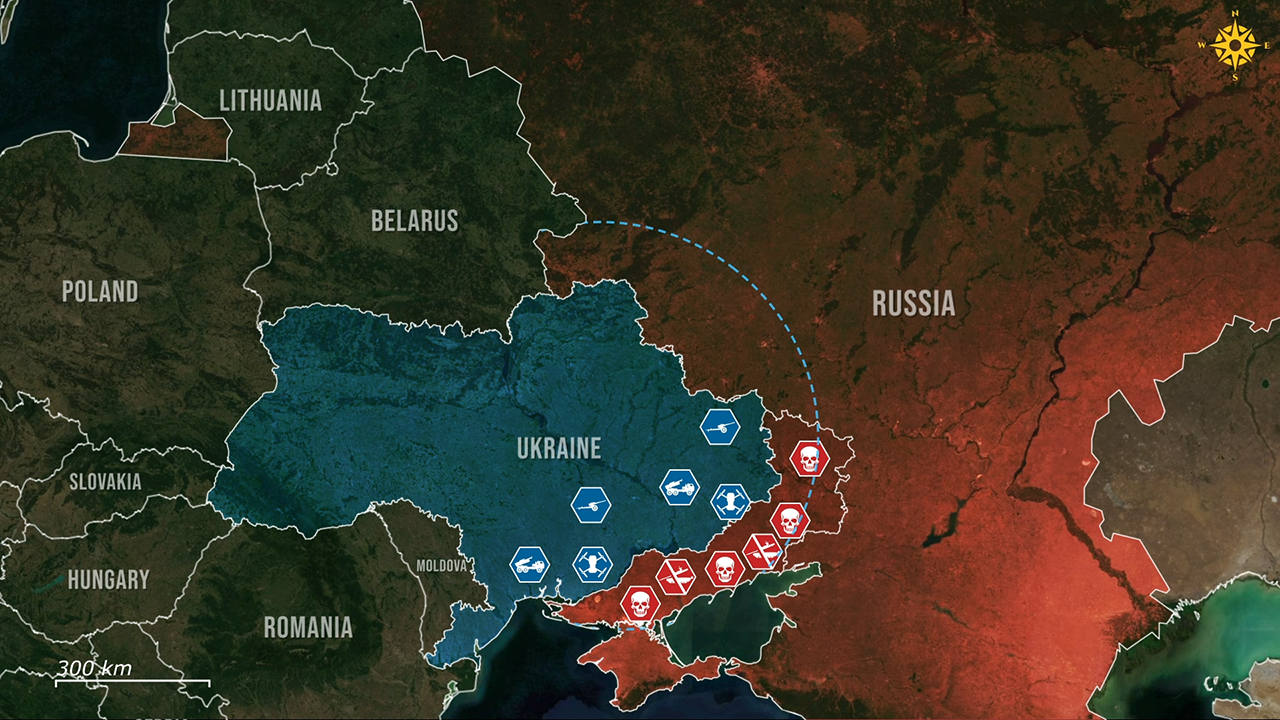
In their long-range strike operations, inexpensive, mass-produced drones are used to overwhelm Russian air defenses and attack critical soft target infrastructure, which does not require large warheads to destroy, such as refineries. Repeatedly striking the same targets is crucial to keep these facilities offline and force the Russians to use all their spare parts just to have them blown up again.
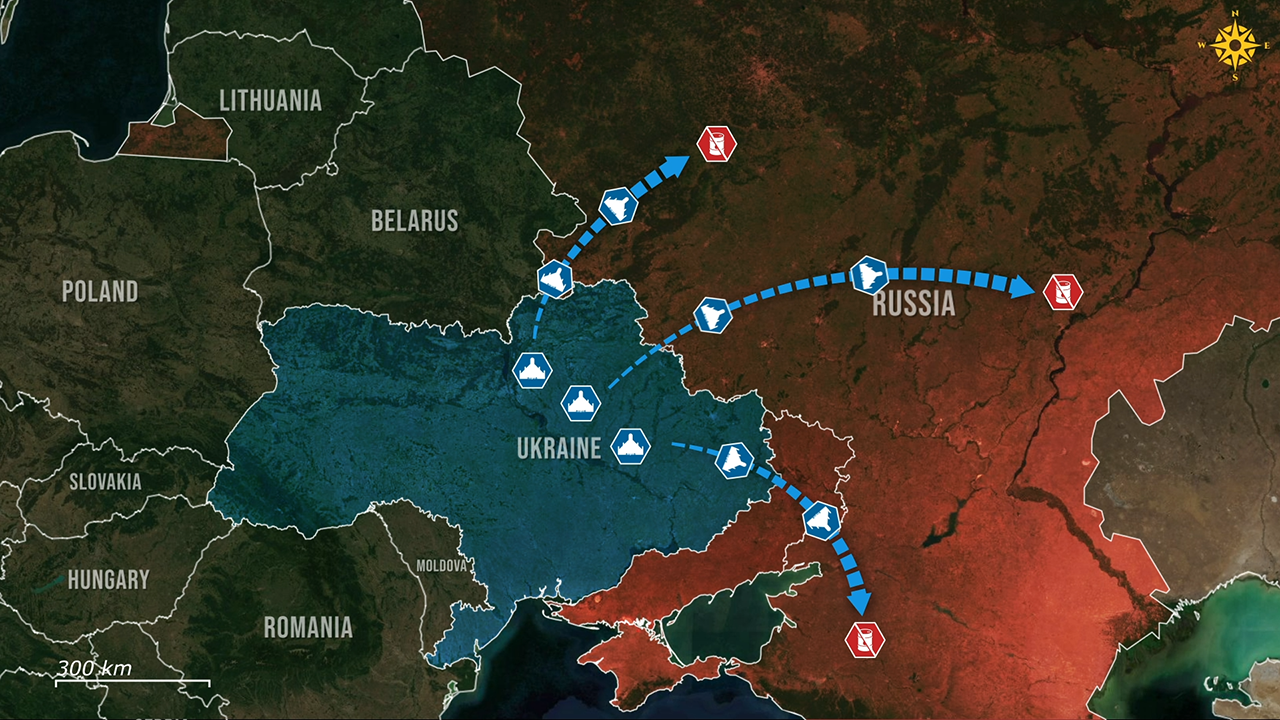
Ukraine utilizes a wide range of long-range drones, including the mass-produced FP-1, which has a range of up to 1,600 kilometers and a 60 kilogram warhead. Ukraine can produce 3000 units per month, and it is responsible for approximately 60% of strikes on refineries and depots. The AN-196 has a range of 750 kilometers, is equipped with a 100 kilogram payload, and is powered by a turbojet engine. The Palianytsia is a drone missile that carries a 100 kilogram warhead and has a range up to 1,200 kilometers. The price for these drones ranges from 10,000 to 200,000 dollars, which is relatively inexpensive compared to missiles.
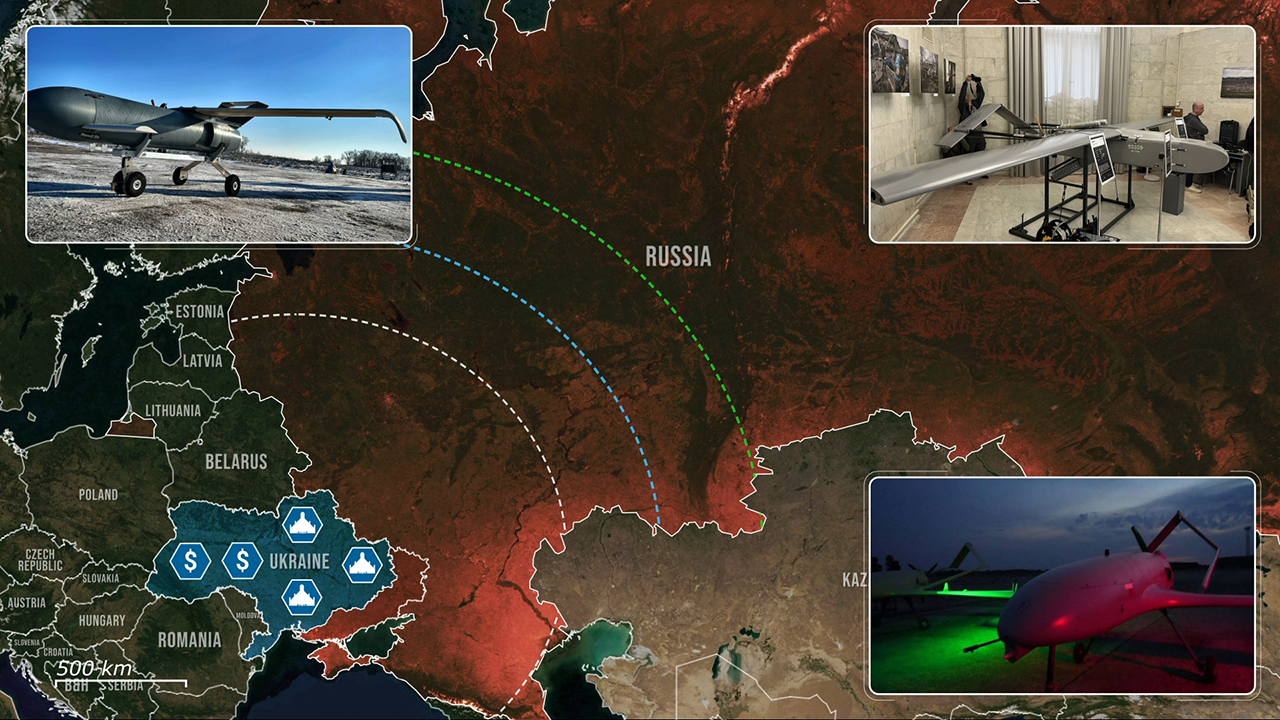
Overall, under the supervision of Magyar, the drone strike strategy of Ukraine became more effective and lethal. The results speak for themselves and prove that Russia is struggling to keep up in the war of attrition inside its rear and is unable to develop effective countermeasures against Brovdi’s campaign. With these long-range strikes, Ukraine is slowly turning the tide and might pressure Russia to the negotiating table in the long term.
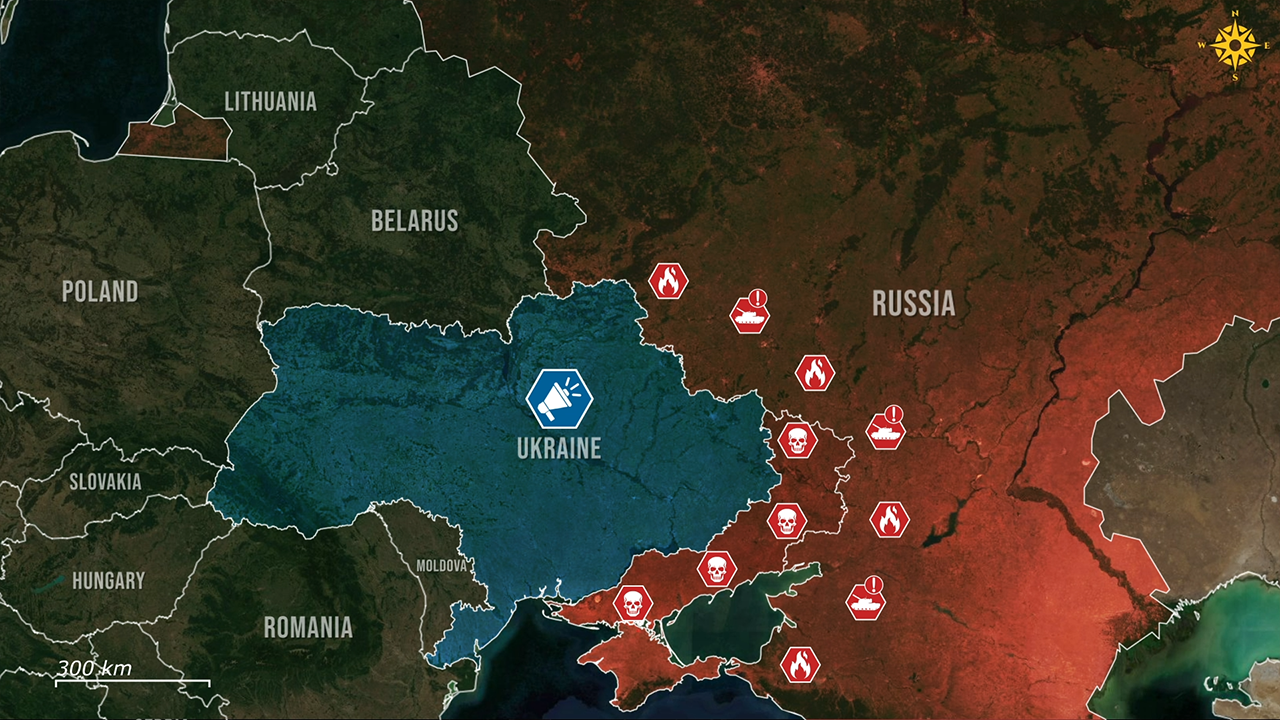









.jpg)
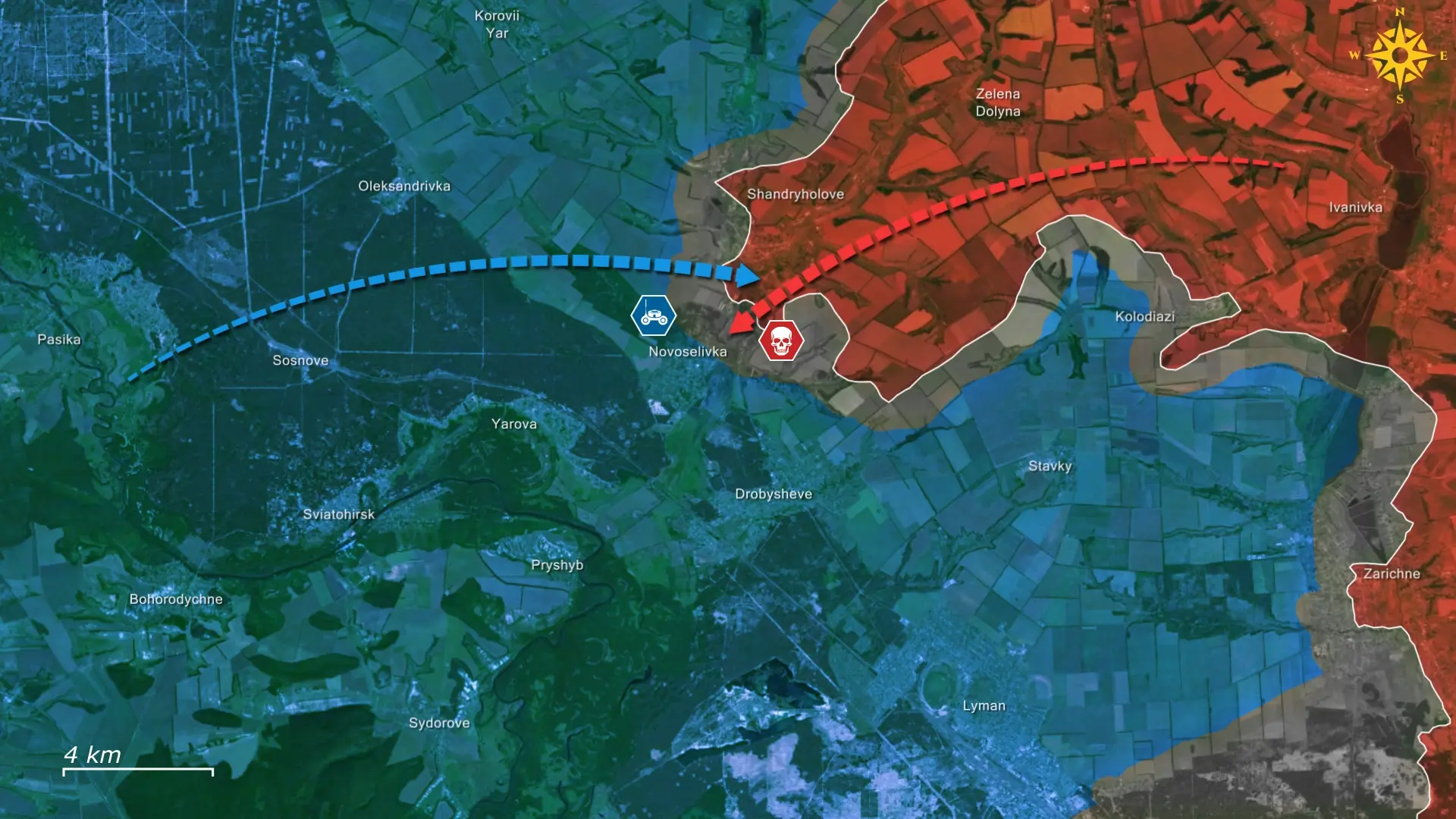
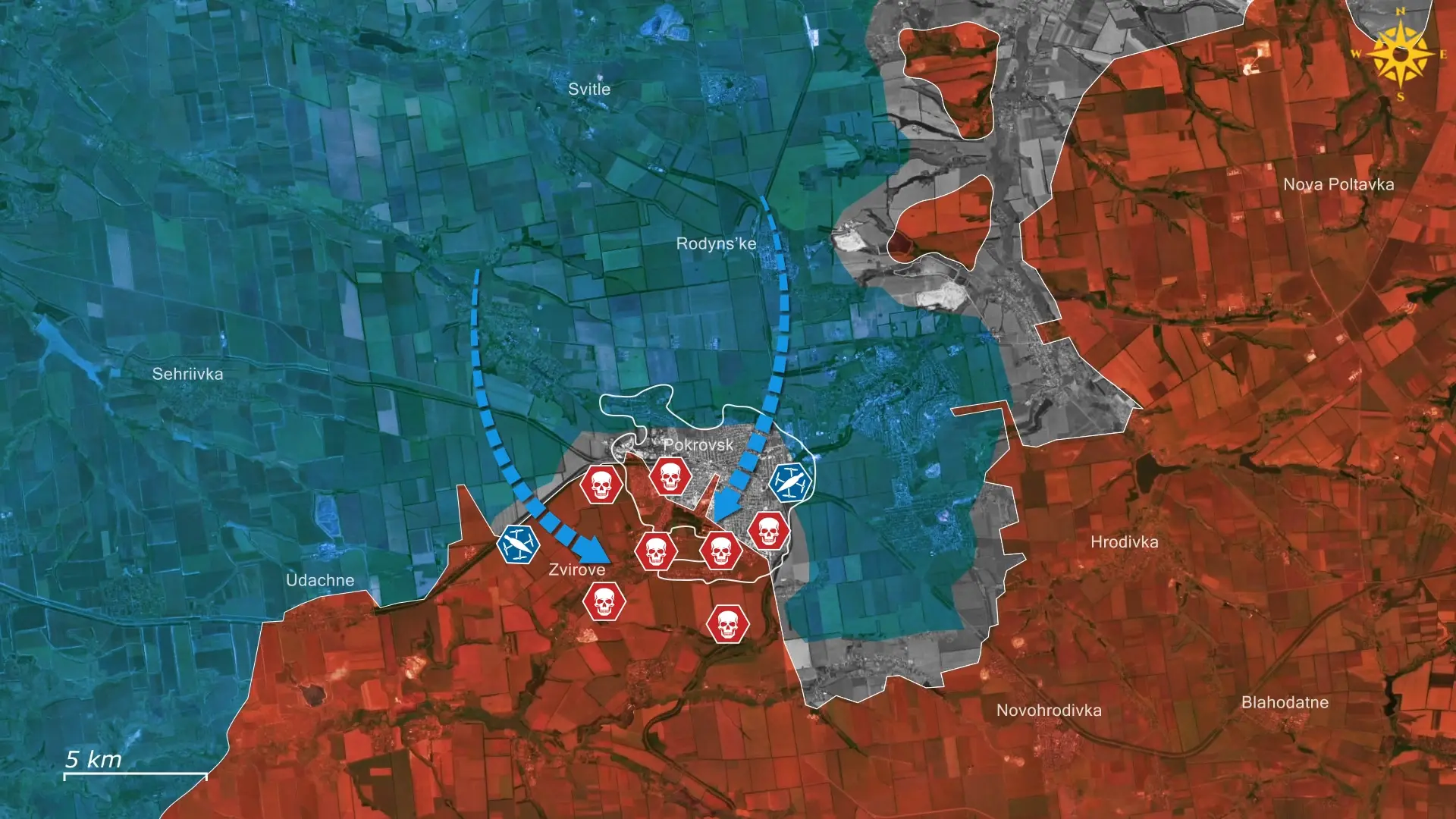
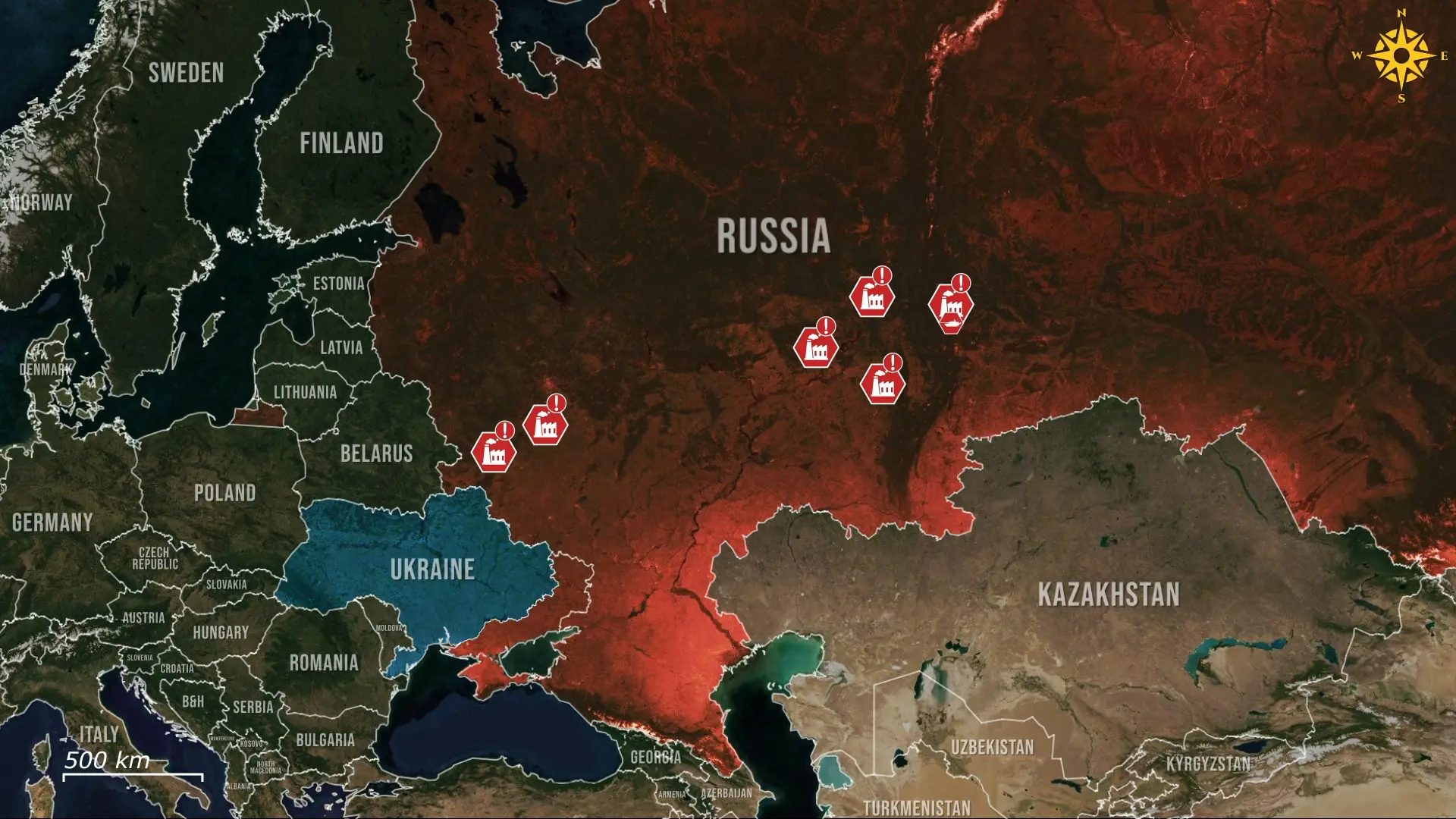
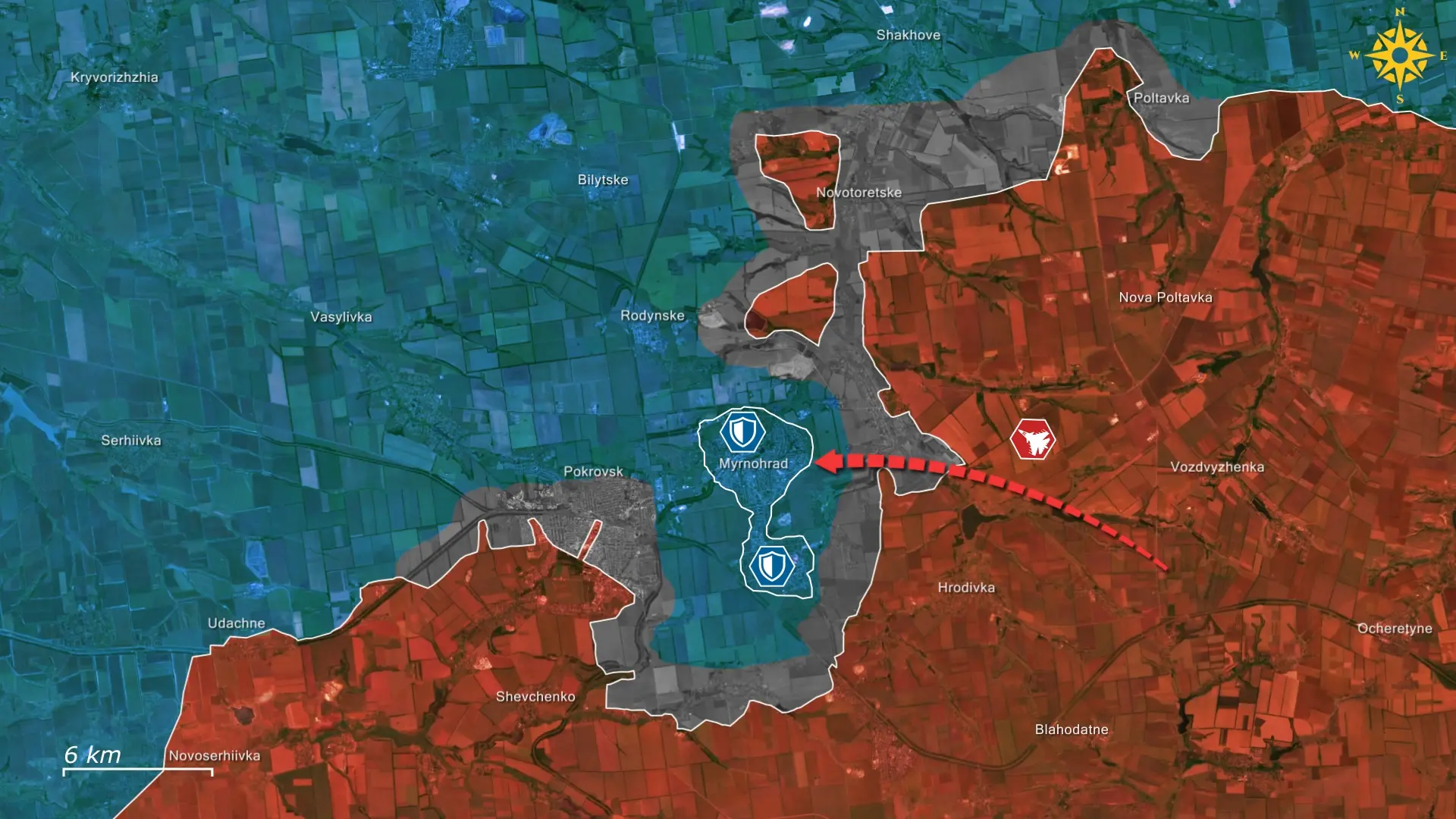
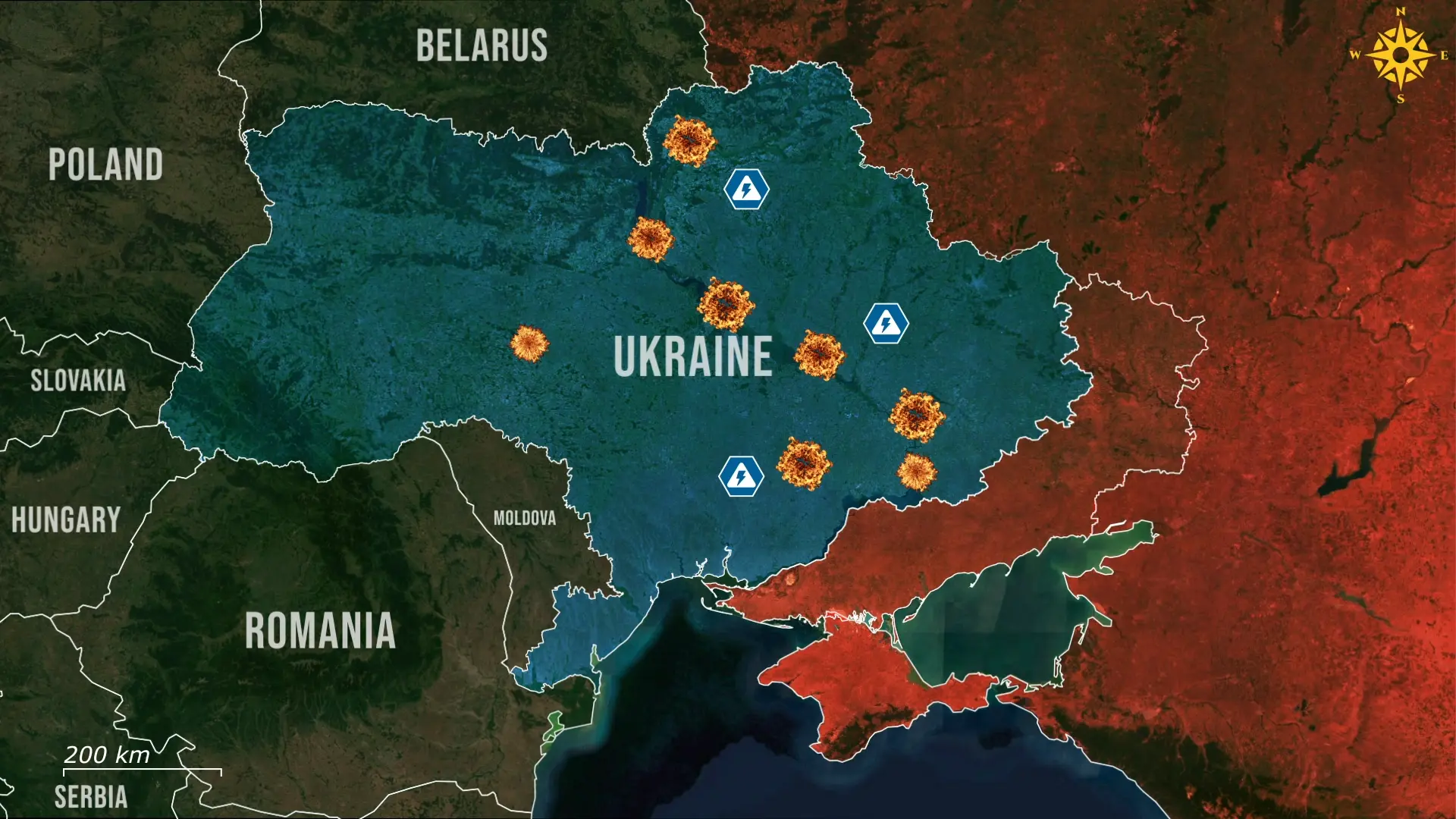


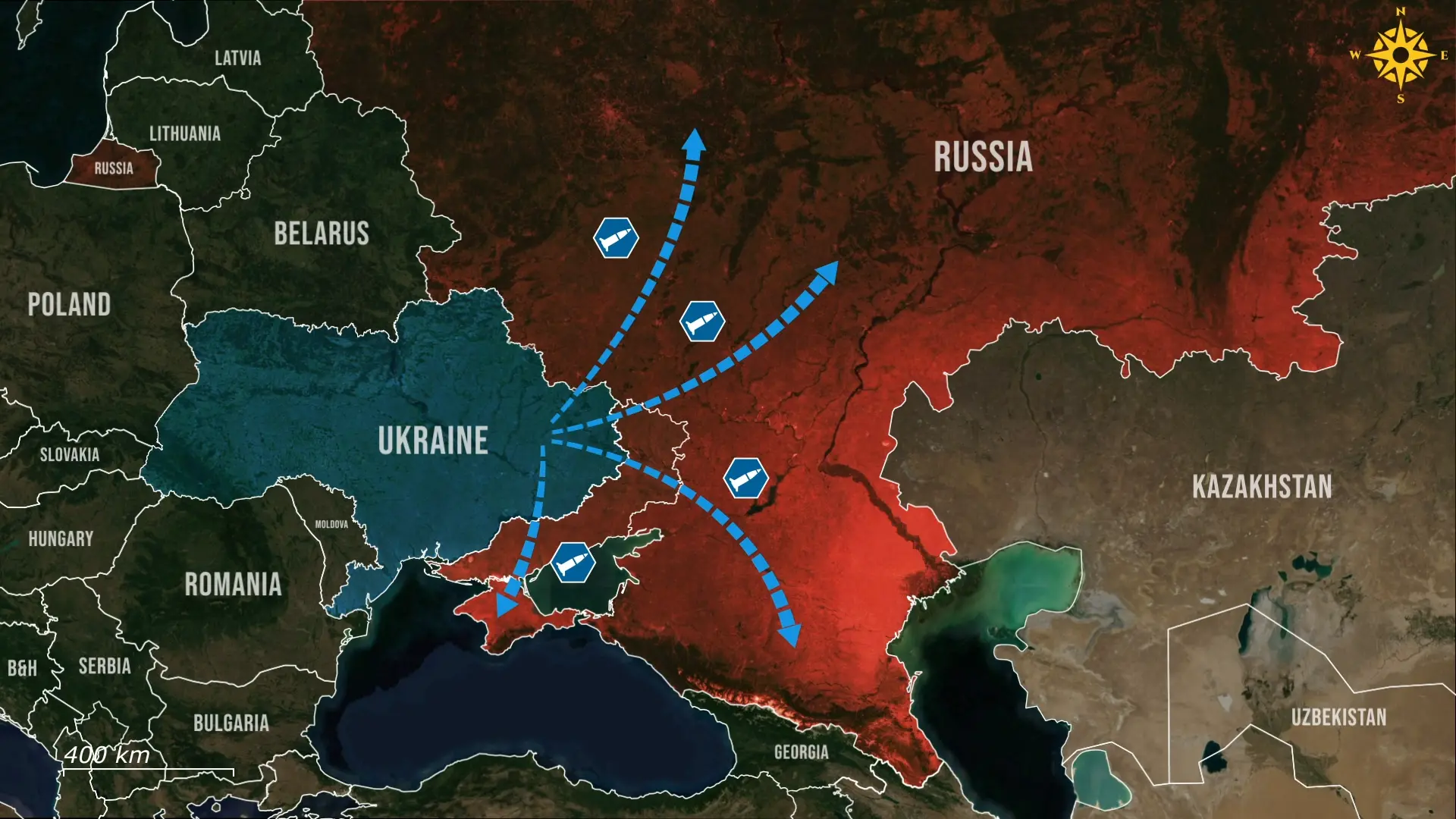
Comments